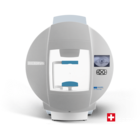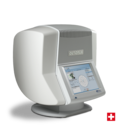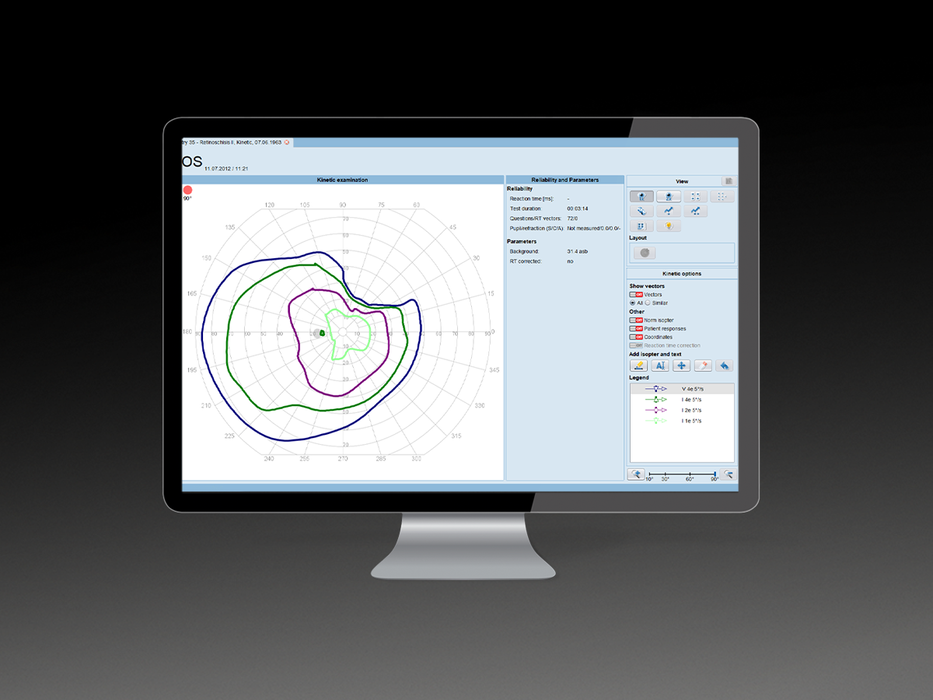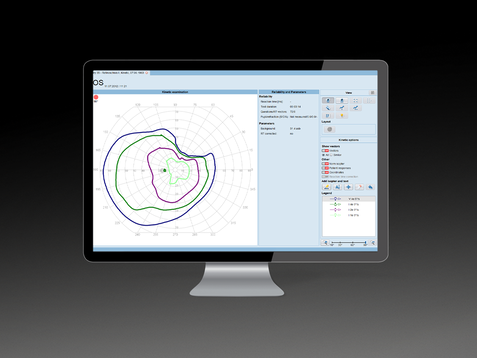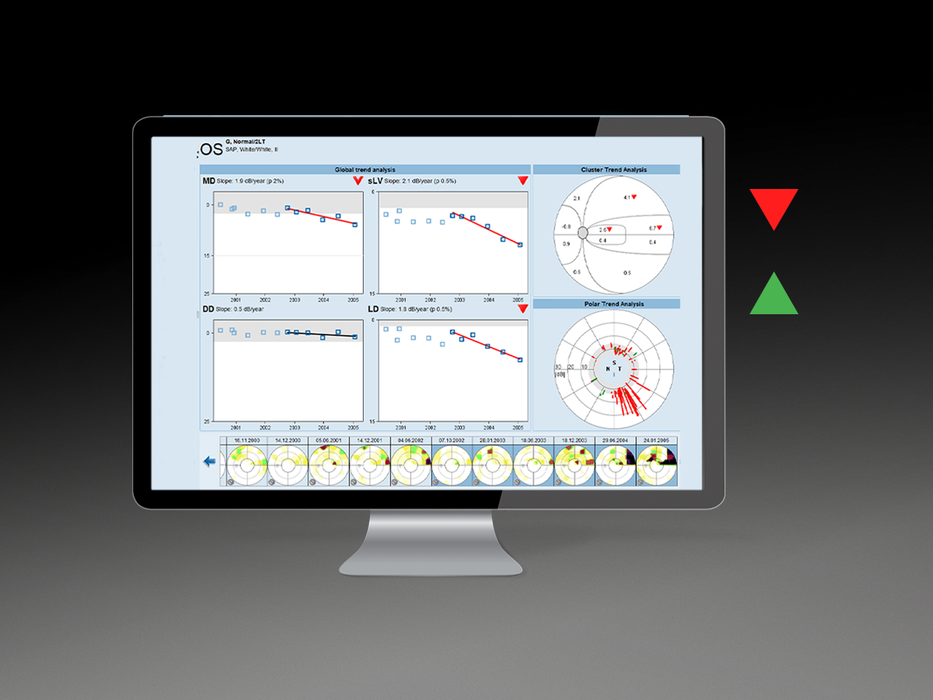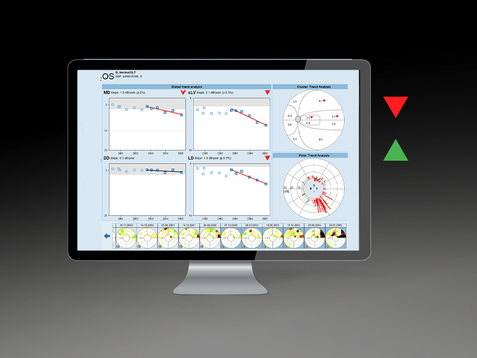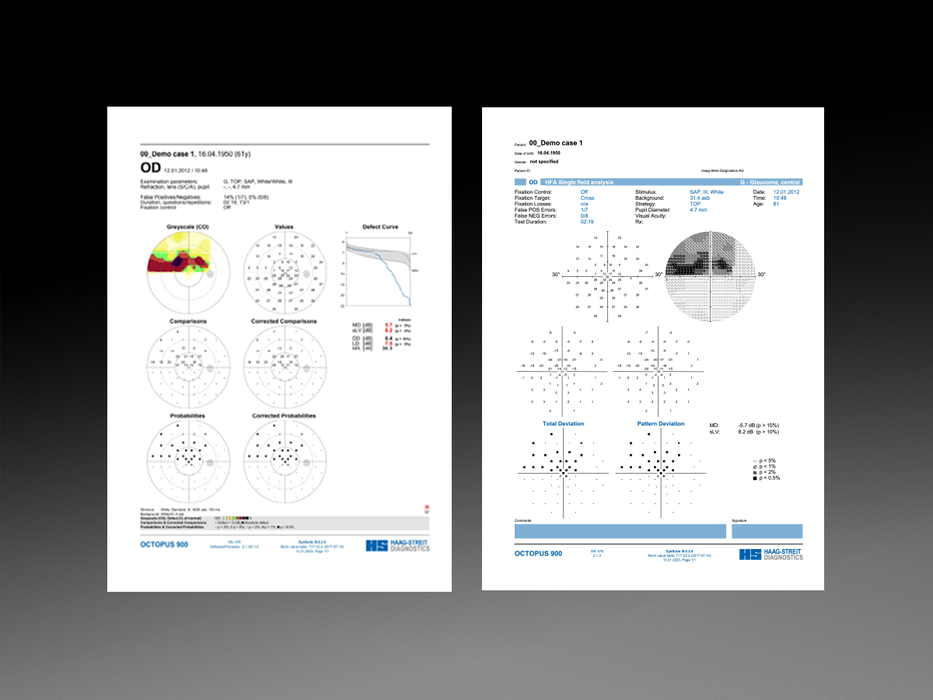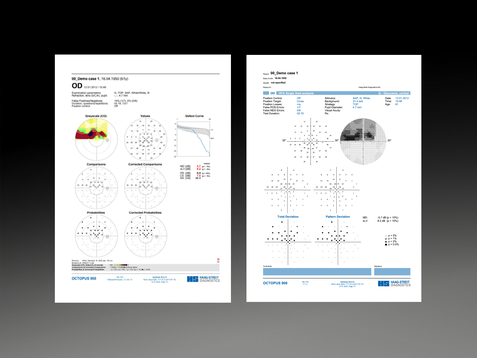
Pioneer in visual field testing since 1945
Perimetry
The Haag-Streit Octopus perimetry family offers a range of solutions tailored to the needs of your practice. Whether you require a compact central field perimeter or a comprehensive full-field Goldmann perimeter, Haag-Streit perimeters put patient and user need first. Enhanced by our EyeSuite software, Octopus perimeters offer complete solutions for detecting and managing glaucoma and beyond.
Compare our products
| Octopus 900 | Octopus 600 | |
|---|---|---|
| Specifications | ||
| Technology | Projection perimeter all LED technology | Stand-alone desktop perimeter |
| Test field range | Goldmann full field +/- 90° Superior 60°, Inferior 70° | Central field +/- 30° |
| Test methods | SAP (white-on-white), Low Vision, SWAP, Flicker, Kinetic | SAP (white-on-white), Pulsar (early detection) |
| Test strategies | Normal, Dynamic, TOP, Screening, 1LT, 2TL | Normal, Dynamic, TOP, Screening |
| Glaucoma analysis | Single field, progression, Cluster and Polar | Single field, progression, Cluster and Polar |
| Classifications | Brusini, GCT, HPA, VFS (Visual Field Score) | Brusini, GCT, HPA, VFS (Visual Field Score) |
| Fixation control | Eye tracking | Eye tracking |
| Test patterns | Full Octopus and HFA library | Octopus and HFA library |
● standard | ○ optional | − not available | □ not recommended
